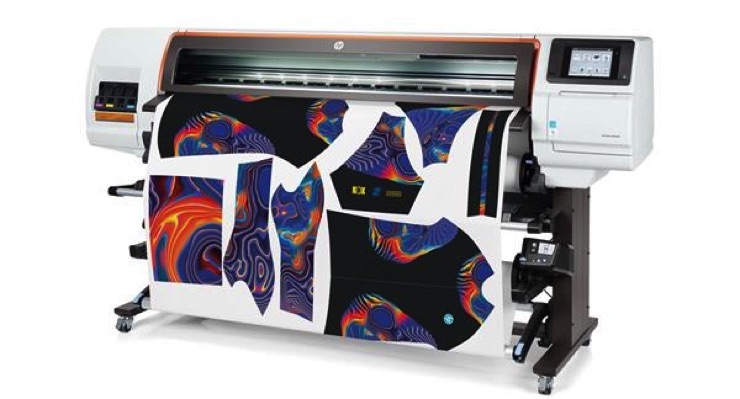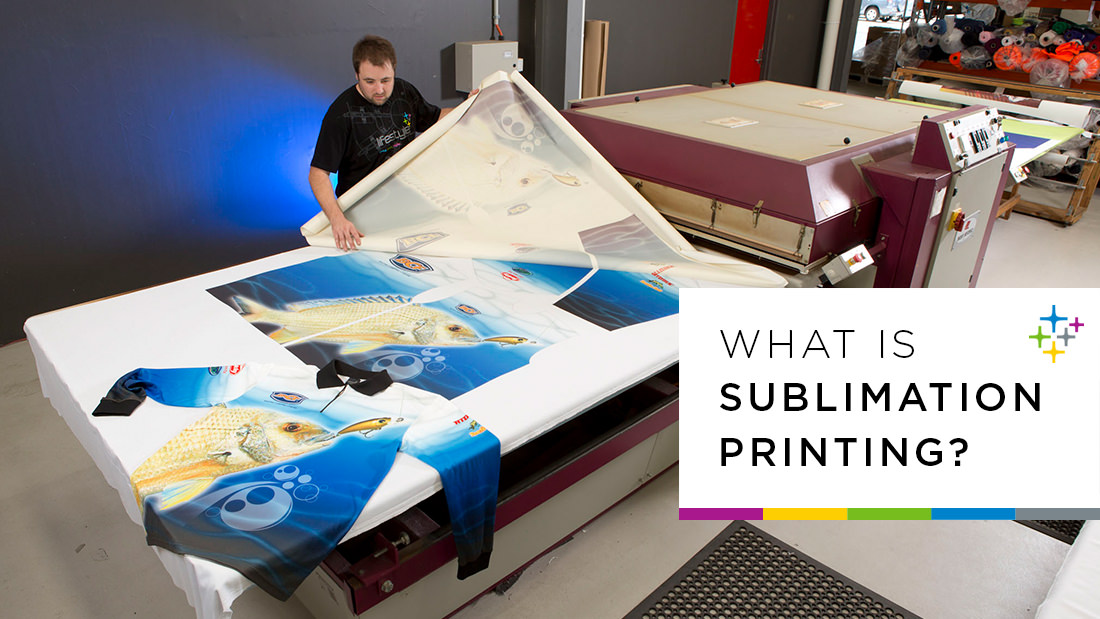The Rise of DTF Printing: Exploring Its Benefits and Applications
The introduction of Straight to Film (DTF) printing innovation is reinventing the custom-made garments sector, supplying remarkable benefits and a large selection of applications. Its one-of-a-kind capacity to generate high-quality, dynamic prints on various fabrics without the necessity for pre-treatment significantly optimizes production processes and improves operational effectiveness. DTF printing's flexibility to both tiny and huge manufacturing runs makes it an appealing choice for producing individualized products, such as sports team uniforms and corporate promotional goods. As the cravings for custom-made goods continues to increase, recognizing exactly how DTF printing can satisfy these evolving needs is significantly vital.

Understanding DTF Printing Innovation
Comprehending DTF Printing Modern technology marks a substantial advancement in the textile printing sector, particularly for its adaptability and performance. Direct-to-Film (DTF) printing is an advanced procedure that entails printing designs onto unique transfer movies, which are after that transferred onto material making use of heat and pressure. Unlike standard approaches, DTF printing does not require pre-treatment of the fabric, allowing a more streamlined operations.

As soon as treated, the film is placed onto the fabric, and a warmth press transfers the layout by applying consistent heat and stress. This causes lively, top notch prints that adhere perfectly to different fabric types, consisting of cotton, polyester, and blends (DTF printing). The technology's capacity to generate vibrant and intricate layouts with very little setup makes it a game-changer in the fabric printing field
Key Advantages of DTF Printing
One of the key advantages of DTF printing is its phenomenal convenience, which enables high-grade prints on a wide variety of fabric kinds. This ability extends past conventional cotton to consist of polyester, nylon, natural leather, and even mixed fabrics, making it excellent for diverse fabric applications. This versatility lowers the demand for several printing technologies, enhancing production processes and reducing general prices.
Another considerable benefit is the exceptional print top quality that DTF technology provides. By using vibrant, long lasting inks and specific application techniques, DTF prints preserve their shade fidelity and sharpness also after countless washes. This leads to an item that not just looks professional but likewise stands the examination of time, providing consistent value to both suppliers and end-users.
Furthermore, DTF printing uses a streamlined workflow, which can result in boosted performance and performance. Unlike conventional techniques such as display printing, DTF does not call for intricate setup or comprehensive drying times. This simplicity of usage makes it an eye-catching option for businesses of all sizes, permitting quicker turnaround times and the capability to manage little to big manufacturing keeps up minimal inconvenience.
Applications in Customized Clothing
In the realm of customized clothing, DTF printing sticks out as a game-changing innovation that enables designers and suppliers to generate bespoke apparel with exceptional detail and high quality. Direct-to-film (DTF) printing has actually changed the custom-made clothing industry by supplying versatility in design, dazzling color recreation, and longevity. This ingenious method enables elaborate layouts to be transferred onto a wide variety of fabrics without endangering the stability of the product.
One considerable application of DTF printing remains in producing personalized tee shirts, hoodies, and sports apparel. The capability to publish complicated graphics with great details and slopes makes it perfect for tailored clothes, such as group uniforms and marketing goods. DTF printing is specifically helpful for limited-run orders and one-off items, supplying a efficient and cost-effective option contrasted to traditional display printing techniques (screen printing).
Additionally, DTF printing has opened new opportunities for style developers to experiment with distinct patterns and structures, allowing the production of cutting-edge, progressive collections. This modern technology also supports small companies and independent artists by decreasing the barriers to entrance in the custom-made clothing market. Eventually, DTF printing is improving the landscape of custom-made clothing, combining imaginative expression with technical innovation.
Versatility Throughout Different Products
Structure on the developments in custom garments, DTF printing's flexibility across various materials better improves its appeal. Unlike standard printing methods, DTF (Direct-to-Film) printing can be used to a comprehensive range of substrates, consisting of cotton, polyester, blends, leather, and also difficult surface areas like wood and glass.
The capacity to print on varied materials opens numerous opportunities for businesses throughout various markets. For example, in the marketing items industry, firms can customize a large array of products, from lug bags and caps to cups and phone cases, all with the exact same printing technology. In the apparel industry, DTF printing makes it possible for designers to try out elaborate patterns and vibrant colors on unusual materials, pressing the boundaries of imagination.
Additionally, DTF printing's compatibility with various materials also equates to cost-efficiency and lowered waste, as manufacturers can use the exact same devices for numerous applications. This convenience not only broadens the scope of item offerings yet additionally enhances operational efficiency.
Future Prospects of DTF Printing
As the market develops, the future potential customers of DTF printing are positioned to change Click This Link various industries through continuous development and technological developments. The surge sought after for customized clothing and advertising products is driving the requirement for a lot more effective, flexible, and affordable printing methods. DTF printing, with its ability to produce top quality, resilient prints on a vast array of materials, stands at the center of this makeover.
Arising patterns indicate that DTF printing will increasingly incorporate with automation and AI innovations, enhancing production rate and minimizing labor expenses. Advanced software remedies will certainly even more optimize design precision, shade matching, and print consistency, addressing several of the present limitations. In addition, green inks and recyclable transfer films are expected to obtain traction, aligning with international sustainability goals.
As study and development efforts proceed to expand, the range of DTF printing will likely broaden, opening up brand-new opportunities for industrial find out here and innovative applications. In recap, the future of DTF printing is bright, appealing substantial improvements and more comprehensive industry adoption.
Verdict

Recognizing DTF Printing Modern technology notes a substantial advancement in the fabric printing market, especially for its flexibility and efficiency. Direct-to-Film (DTF) printing is an advanced process that entails printing layouts onto special transfer movies, which are after that transferred onto fabric utilizing heat and pressure. DTF printing is specifically useful for one-off pieces and limited-run orders, supplying a check that efficient and cost-effective service contrasted to standard screen printing approaches.
Unlike standard printing methods, DTF (Direct-to-Film) printing can be used to a substantial range of substratums, including cotton, polyester, blends, natural leather, and even hard surface areas like wood and glass.DTF printing innovation is transforming the personalized clothing industry by supplying efficient, economical, and versatile options for producing lively designs on different fabrics without pre-treatment.